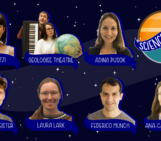
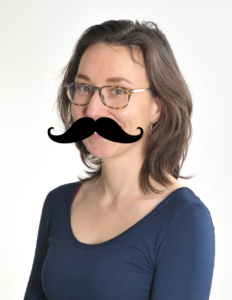
Dr. Anne Glerum from GFZ Potsdam.
As we are 11 days into November, you might have started to become suspicious of the increased number of people around you growing out their moustaches. While this could be due to the fact that many of us are sequestered at home and may have forgotten the point of personal grooming, there is a good chance these people are participating in Movember (yes, that is a word play on November and mo, for moustache).
Since 2003, the Movember movement raises both attention and money for men’s health research and projects across the globe, specifically geared towards male-specific cancers, psychological health and suicide prevention. All those that wish to join in raising awareness can ask friends and family to sponsor them to grow their moustache and/or beard. So far 5 million people have grown their facial hair for the good of society. In honour of this campaign and to serve as inspiration for your own stache, today we highlight 6 impressive moustaches from the history of geoscience. I’ve ordered them according to decreasing amount of face coverage; I am hypothesizing face coverage inversely correlates to the amount of daily grooming. Given my very limited experience with facial hair, I could be wrong.
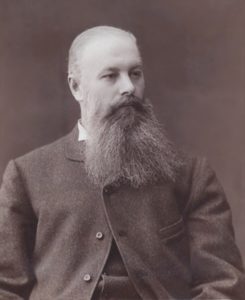
Vasily Vasilievich Dokuchaev (1888). By Constantin Shapiro – Wikimedia Commons.
Vasily Vasilievich Dokuchaev (1846-1903)
Vasily Vasilievich Dokuchaev‘s beard looks like a tweard1 to me: the well-earned and well-groomed result of two years of beard growth. Professionally, Dokuchaev laid the groundwork of modern soil science, devising a soil formation classification scheme and recognizing that not only geological but also climatic and topographic factors as well as time contribute to geographical variations in soil type2. Like his beard, so were his academic ventures plentiful, with 61 books to his name.
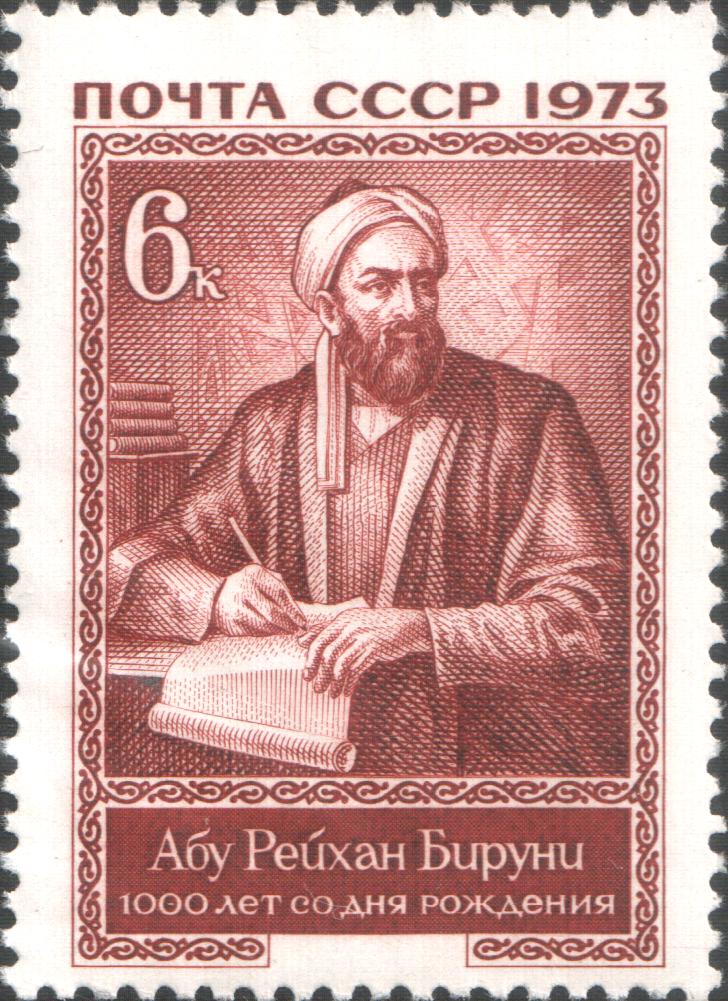
Abu Rayhan al-Biruni on a Soviet stamp from 1973. By Romamn – Wikimedia Commons.
Abu Rayhan al-Biruni (973-~1050)
The scholar Abu Rayhan al-Biruni was another prolific writer; he wrote at least 146 books on a wide variety of topics3. Among his many fields of knowledge were geodesy, geography and mineralogy. He figured out a new way to compute the radius of the Earth, hypothesized an inhabitable landmass between Asia and Europe (you know, the Americas), and proposed gem classification based on physical properties rather than colour.

Shen Kuo at the Beijing Ancient Observatory. By Hans A. Rosbach – Own work, CC BY-SA 3.0.
Shen Kuo (1031-1095)
Shen Kuo‘s facial hair style consisted of a chevron-type moustache, a soul patch and a goatee. If you think his goatee was long, have a look at his list of scientific interests. According to Wikipedia4, he worked on no less than 31 different subjects, ranging from mathematics, geology and climatology, to poetry, philosophy and music. That’s impressive. His contributions to the Earth Sciences include the magnetic needle compass, the concept of true north and hypotheses on land formation and climate change.
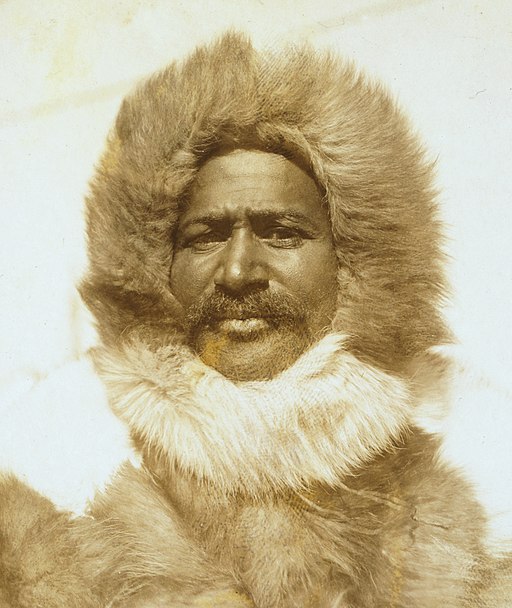
Matthew Henson (1910).
Matthew Henson (1866-1955)
I like to think that Matthew Henson‘s chevron5 moustache helped keep him warm on his many arctic expeditions. After sailing the world seas for years and exploring Nicaragua’s jungle, he spent a total of 18 years in the Arctic6. While mapping Greenland’s ice cap, discovering Greenland’s northern terminus and recovering gigantic meteor fragments, he also learned the Inuit language, how to train the sled dogs, build igloos and other Inuit survival and travel skills. And then in 1909, on his 8th arctic expedition, he was the first to reach the North Pole.

Don Carlos de Sigüenza y Góngora. By
Don Carlos de Sigüenza y Góngora (1645-1700)
This snazzy T-shaped moustache-goatee combo belonged to Don Carlos de Sigüenza y Góngora. Like Al-Biruni, he argued for the distinction between astrology and astronomy, in favour of the latter7. Besides a strong interest in comets, he also made the first map of Mexico as well as hydrologic maps of the Valley of Mexico. To make ends meet, he held several other positions besides professor and geographer, including chaplain, Chief Almoner, poet, writer, University Accountant and briefly book examiner for the Inquisition.

Nicolaus Steno. By J. P. Trap (1868) – Wikimedia Commons.
Nicolaus Steno (1638-1686)
Nicolaus Steno rocked a parted pencil, a pencil-thin moustache just above the upper lip with a shaved middle section5. After starting out as an anatomy professor and a private physician of the Medici Grand Duke, Nicolaus realised while dissecting a shark that her teeth resembled the ‘stones’ found lodged in certain rocks8. How such fossils and other solid bodies like minerals came to be in rocks eventually led him to his four stratigraphic principles of superposition, original horizontality, lateral continuity and of cross-cutting relationships.
Impressed by these geo-staches? Remember, in a month you can easily grow a 1-cm mo. For those that cannot or will not grow their facial hair, Movember also includes Move for Movember, raising money by walking or running 60 km this month.
1 Beard Brand beard style guide 2 Wikipedia 3 Wikipedia 4 Wikipedia 5 Beard Brand moustache style guide 6 National Geographic 7 Wikipedia 8 Geology Science and Wikipedia

